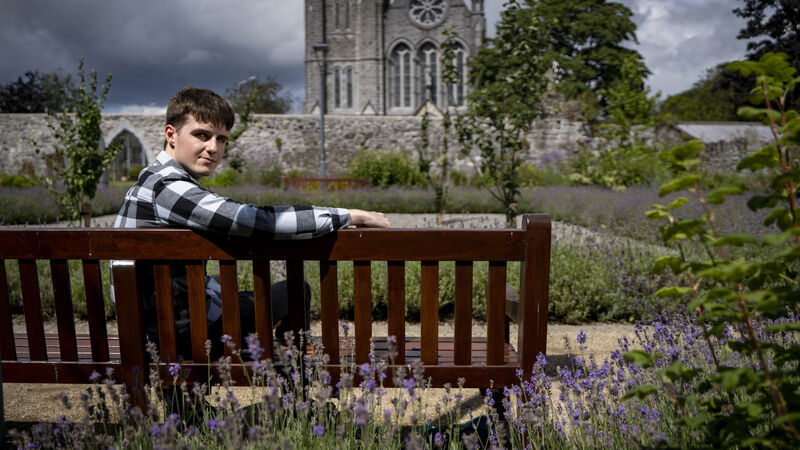More than four out of five teens experience sexual harassment

Luke O'Gorman, from Nenagh, who is currently studying to become a teacher, says more needs to be done to educate students around sexual harassment. Picture: Don Moloney
When Luke O’Gorman was in secondary school, groups of boys began to call him names as a result of his sexuality.
It was common in the younger years of his education, he said, as young boys sought to exert their masculinity through sexualised remarks and jokes.









